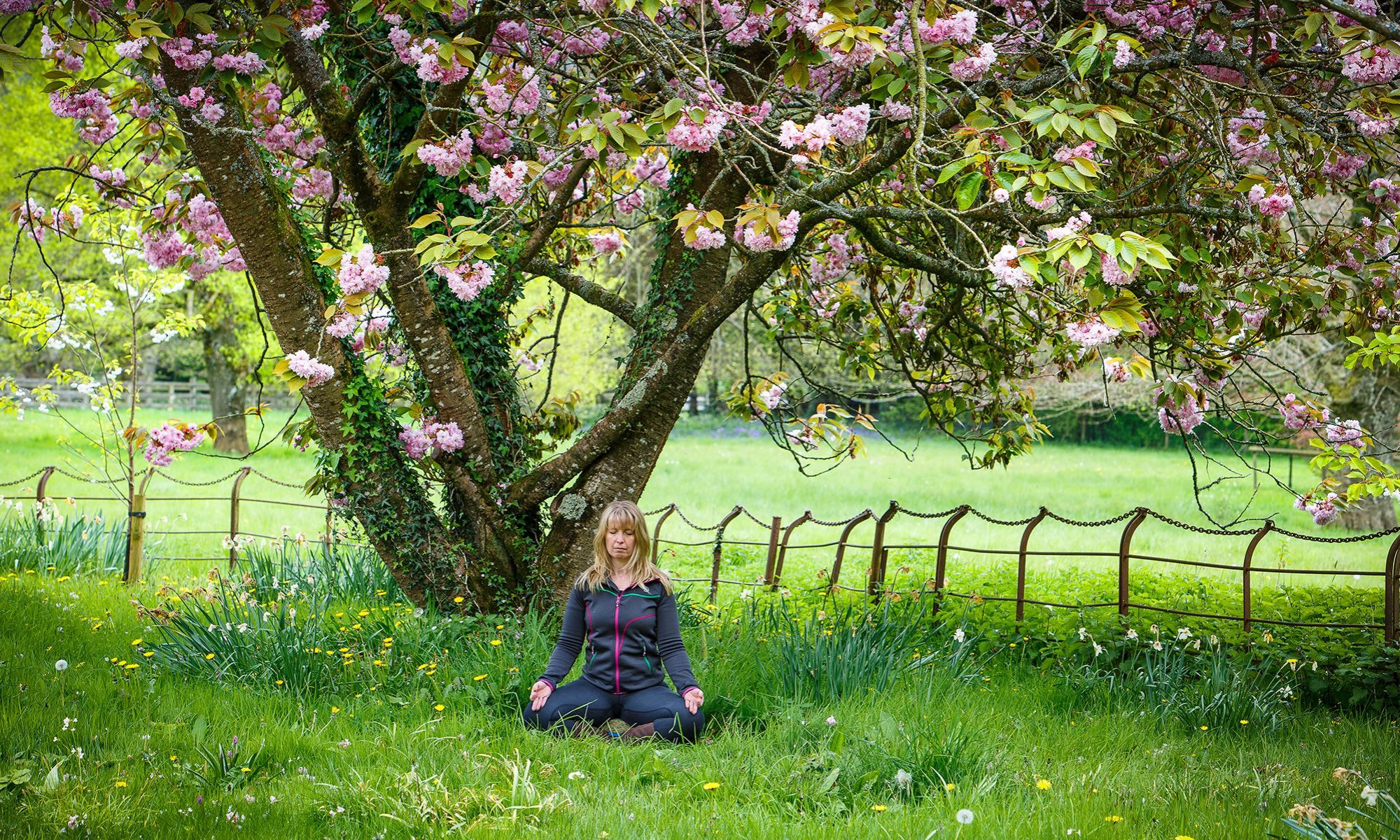Perimenopause is a natural period of transition that can be a confusing time, especially during the first year or two. It generally starts in the 40s and lasts on average 7 years. At this stage most women don’t realise they’ve started their menopause journey. I was one of those women, I was sleeping badly and feeling overwhelmed, tearful and anxious. I put my symptoms down to stress because I had a very demanding full-time job whilst teaching yoga part time.
In this phase of menopause oestrogen levels are very erratic, dipping and spiking daily. Whereas progesterone is steadily declining. It’s the worse stage for menopause symptoms. Beyond reproduction, both these hormones have a wide role in physical and mental health. So, their varying levels produce a whole host of symptoms like brain fog, anxiety, hot flushes, dry skin, achy joints, incontinence, and digestive problems. Yoga can help alleviate a lot of the symptoms. I don’t have the space to cover everything in this article, so I will focus on one key area, the role of cortisol in perimenopause and how yoga can help.
Both oestrogen and progesterone act as a buffer against the stress hormone cortisol. As their levels decline, cortisol levels can easily escalate, making women more sensitive to stress. Events, issues, and situations that would have been a breeze to deal with in the past suddenly become overwhelming, frustrating, or difficult to handle. This can be confusing, especially for women in early perimenopause, who don’t recognise the symptoms. It’s easy to assume the worst and think you’re going mad or like me put the whole thing down to stress. Elevated cortisol also exacerbates many perimenopause symptoms. Anxiety, hot flushes and night sweats are worse if stressed, and it mucks up sleep. Unfortunately, many women reach perimenopause at a stressful time in their life, maybe juggling work, children and ageing parents.
A regular calming yoga practice can help keep cortisol at a manageable level. Soothing breathing practices like Alternate Nostril breathing, Cooling Breath (Sithali) and Belly Breathing soothe and regulate the nervous system.
Restorative yoga poses act like a reset button, helping to lower cortisol. Fitting 1 or 2 poses into your day can keep cortisol in check, Reclining Cobbler Pose (Supta Baddah Konasana) and Legs-up-the-wall (Viparita Karani) are particularly beneficial. Meditation aids concentration and focus, it also triggers the feel-good hormone dopamine, which counteracts cortisol. Yoga Nidra is incredibly beneficial, it provides the opportunity to slow down and rest deeply, rebalancing hormones and the nervous system.

It’s useful to identify what causes stress and make changes to eliminate those triggers. If the situation can’t be changed, then look at altering your mindset and how you react; meditation and pranayama can help with this. Eventually I left my stressful job to teach yoga fulltime. At that point my symptoms improved, and I realised I was in menopause. I started researching and experimenting with yoga techniques, completing 2 courses: Hormone Yoga Therapy and Yoga for the Stages of Menopause. I’m 4 years post menopause and have used yoga, combined with some lifestyle changes to ease my own symptoms. I now run regular Mindful Menopause Yoga workshops in Bridport, Exeter, Somerset and online. Details on latest workshops are here

